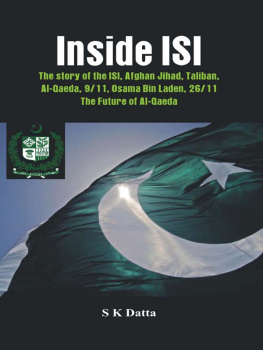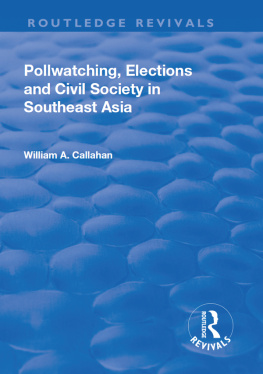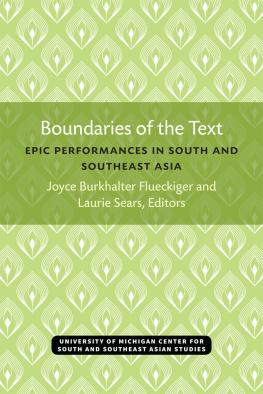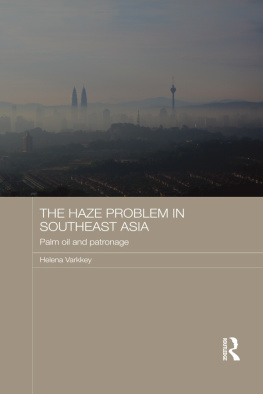DIGITAL ARCHETYPES
Digital Research in the Arts and Humanities
Series Editors
Marilyn Deegan, Lorna Hughes, Andrew Prescott and Harold Short
Digital technologies are becoming increasingly important to arts and humanities research, expanding the horizons of research methods in all aspects of data capture, investigation, analysis, modelling, presentation and dissemination. This important series will cover a wide range of disciplines with each volume focusing on a particular area, identifying the ways in which technology impacts on specific subjects. The aim is to provide an authoritative reflection of the state of the art in the application of computing and technology. The series will be critical reading for experts in digital humanities and technology issues, and it will also be of wide interest to all scholars working in humanities and arts research.
AHRC ICT Methods Network Editorial Board
Sheila Anderson, Kings College London
Chris Bailey, Leeds Metropolitan University
Bruce Brown, University of Brighton
Mark Greengrass, University of Sheffield
Susan Hockey, University College London
Sandra Kemp, Royal College of Art
Simon Keynes, University of Cambridge
Julian Richards, University of York
Seamus Ross, University of Toronto, Canada
Charlotte Rouech, Kings College London
Kathryn Sutherland, University of Oxford
Andrew Wathey, Northumbria University
Other titles in the series
Paradata and Transparency in Virtual Heritage
Edited by Anna Bentkowska-Kafel, Hugh Denard and Drew Baker
ISBN 978 0 7546 7583 9
Art Practice in a Digital Culture
Edited by Hazel Gardiner and Charlie Gere
ISBN 978 0 7546 7623 2
Digital Archetypes
Adaptations of Early Temple Architecture in South and Southeast Asia
SAMBIT DATTA
Curtin University, Australia
DAVID BEYNON
Deakin University, Australia
ASHGATE
Sambit Datta and David Beynon 2014
All rights reserved. No part of this publication may be reproduced, stored in a retrieval system or transmitted in any form or by any means, electronic, mechanical, photocopying, recording or otherwise without the prior permission of the publisher.
Sambit Datta and David Beynon have asserted their right under the Copyright, Designs and Patents Act, 1988, to be identified as the authors of this work.
Published by
Ashgate Publishing Limited
Wey Court East
Union Road
Farnham
Surrey, GU9 7PT
England
Ashgate Publishing Company
110 Cherry Street
Suite 3-1
Burlington, VT 05401-3818
USA
www.ashgate.com
British Library Cataloguing in Publication Data
A catalogue record for this book is available from the British Library
The Library of Congress has cataloged the printed edition as follows:
Datta, Sambit, author.
Digital archetypes : adaptations of early temple architecture in South and Southeast Asia / by Sambit Datta and David Beynon.
pages cm. (Digital research in the arts and humanities)
Includes bibliographical references and index.
ISBN 978-1-4094-7064-9 (hardback) ISBN 978-1-4724-3499-9 (ebook) ISBN 978-1-4724-3500-2 (epub) 1. TemplesSouth AsiaHistoryTo 1500. 2. TemplesSoutheast AsiaHistoryTo 1500. 3. ArchitectureSoutheast AsiaIndic influences. 4. Imaging systems in architecture. I. Beynon, David, author. II. Title.
NA6002.D28 2014
726'.14dc23
2013043682
ISBN 9781409470649 (hbk)
ISBN 9781472434999 (ebk PDF)
ISBN 9781472435002 (ebk ePUB)
Contents
List of Figures
Glossary of Terms
Adhihna moulded base; see also pith.
Aedicule a miniature representation of a building, often expressed either as a projecting relief on a base moulding or as a free-standing three-dimensional form on the tiers of a temple superstructure.
malaka ringstone that crowns the Latina ikhara: a serrated crown or cogged disc that typically surmounts temples of the northern type; myrobolan fruit: ribbed, doughnut-shaped stone crowning the Ngara ikhara.
narta medieval school of temple building in Gujarat.
Anekaka composite multi-spired form of Ngara temple superstructure; see ekhar.
Antefix small, upturned, vertical member on the corners of a Khmer tower; used to balance the edges of each storey or tier.
Aga the main division of a temples structure (e.g. bhadra).
Bhadra formal projections of the central portion of walls (corresponding to the cardinal axes). Bhadra may also project from the false-storeys of a superstructure. The bhadra offsets are often proportionally related to the wall length and thickness of a cella.
Bhadra-vysa system of measure that calculates the wall thickness of a temple in relation to the bhadra offset.
Bhadrapitha vertical extensions of the form of the body of a cella, creating a superstructure of part- or false-storeys. These often mimic the detail of the main wall, but vary in how much detail (cornices, walls, niches) are repeated and their proportional relationship with the cella below.
Bhitta lowest course of temple mouldings.
Bhmi one tier or conceptual storey (tala).
Bhmija composite mode of Ngara temple, which appears in the eleventh century in Malwa and surrounding regions.
Bima the second of the five Pandava brothers in the Mahabharata; popular and heroic figure in Indonesia (e.g. Candi Bima).
Brahmasthna inner sanctum; see garbhagrha).
Bhat-sahit the earliest surviving text, probably an astrological treatise (c. sixth century CE), containing descriptions of temple construction, attributed to Varhamihira.
Candi The general name for a Hindu-Buddhist stone monument in Java
Candrasala an ogee, circular or horseshoe-shaped arch, shaped like the cross-section of a barrel vault; often used as a small projecting decoration on temple superstructures; see gavkha and kudu.
Caturaga four-sided wall offsets.
Caturguna four-fold division.
Caturmukha four faces, so a building with entries facing all four cardinal directions and symbolising the centre of the universe (e.g. Sambor Prei Kuk N1).
Ctur-stambha four-pillared shrine; see stambha.
Cella the archetypal Brahmanic/Hindu sanctum, consisting of a single enclosed space (the sanctum).
Chdya curved moulding at cornices, referring to secondary roof structure.
Chaitya-grha the archetypal form of the cella, enclosing the sanctum within brick or stone walls.
Chakravartin universal sovereign.
Cyma recta a common moulding on the face of the platform (pith) and wall base (vedbandha) of the Southeast Asian cella. The shape is double curved, the lower part concave and the upper part convex. The cyma recta is also found reversed on cornice mouldings.
Dakia Ksala present-day Chhattisgarh, eastern Madhya Pradesh.
Devaraja the divine aspect (Deva) of the king (Raja), particularly prominent in Cambodia. Khmer kings identified themselves with a particular deity (usually Siva) who reinforced their rule through divine authority. In time, the devaraja became synonymous with the king.
Drvia denoting the region of Southern India.
Dvarapala a human figure, guarding the entrance to a temple.
Dvi-aga a temple plan with two offsets.
Dvi-tala a double-storeyed temple.
Garbhagrha sanctum or womb-house of a temple (see brahmasthna).
Gha bell.
Gavkha chaitya-window or sun window motif commonly found in temples.
Gopura a gateway that leads through an enclosure wall and into a temple precinct, often elaborated with its own pediment, roof and lintels.
Grva the neck of the Latina superstructure supporting the malaka
Ghamaapa connecting pillared porch of a temple.
Hara rectangular pavilion.
Jagati terrace or platform on which the temple sits.
Next page











